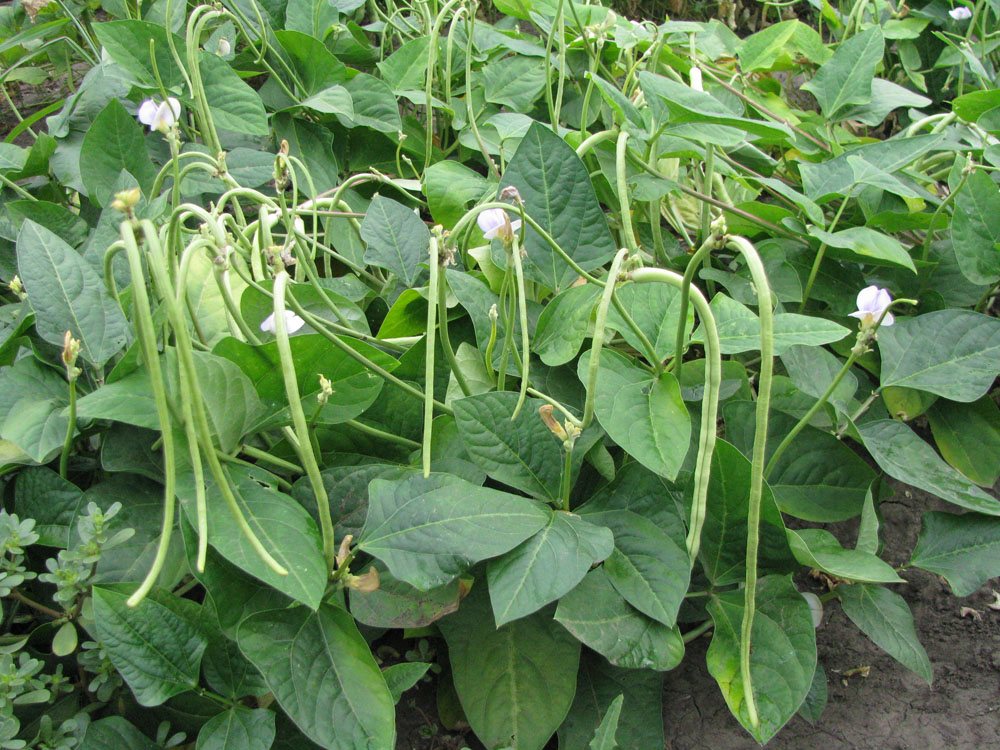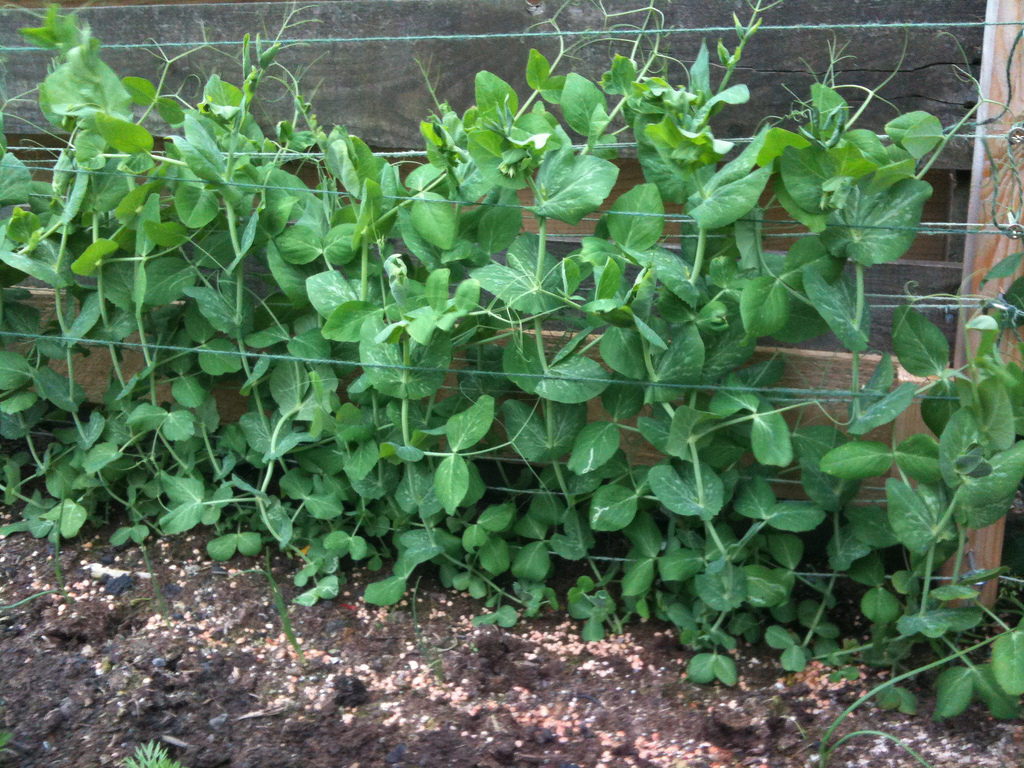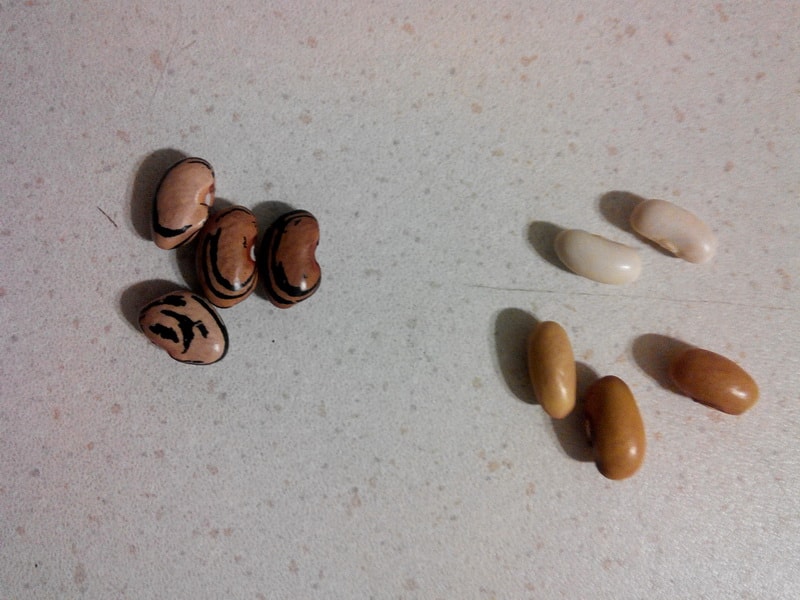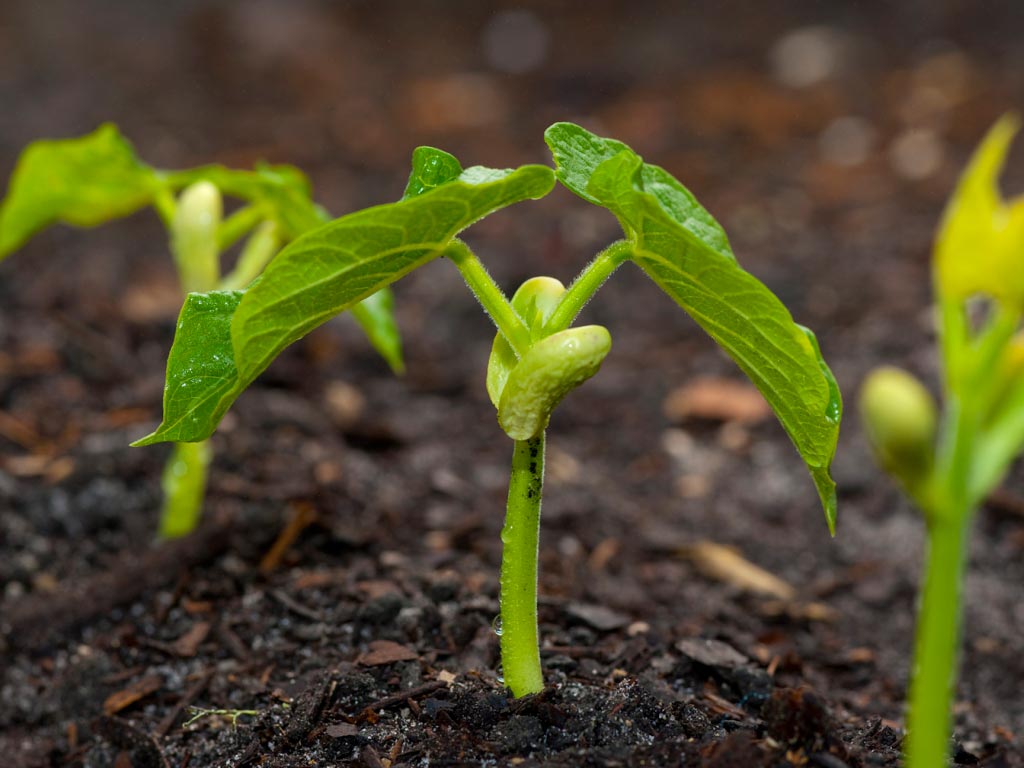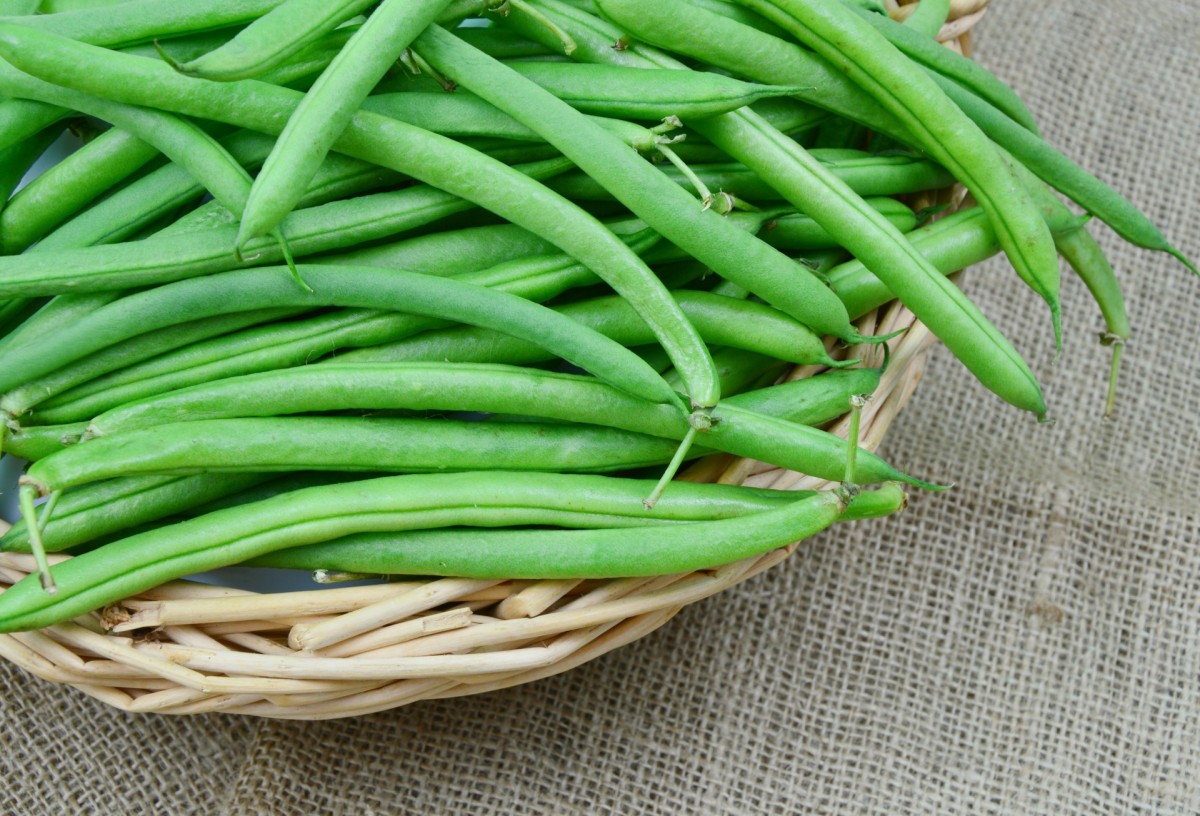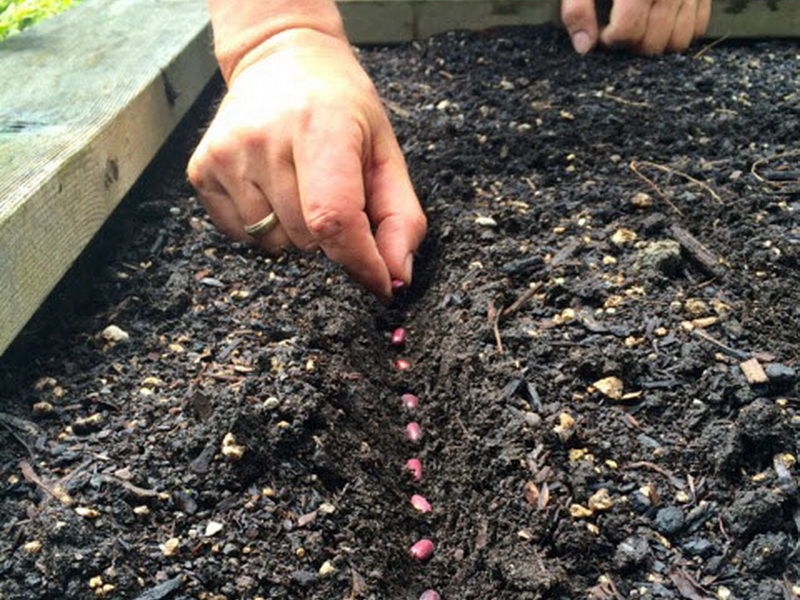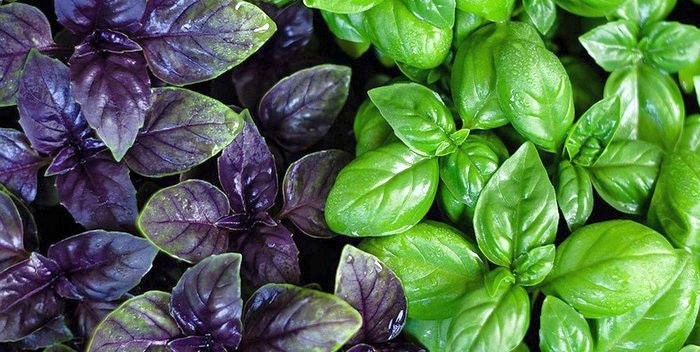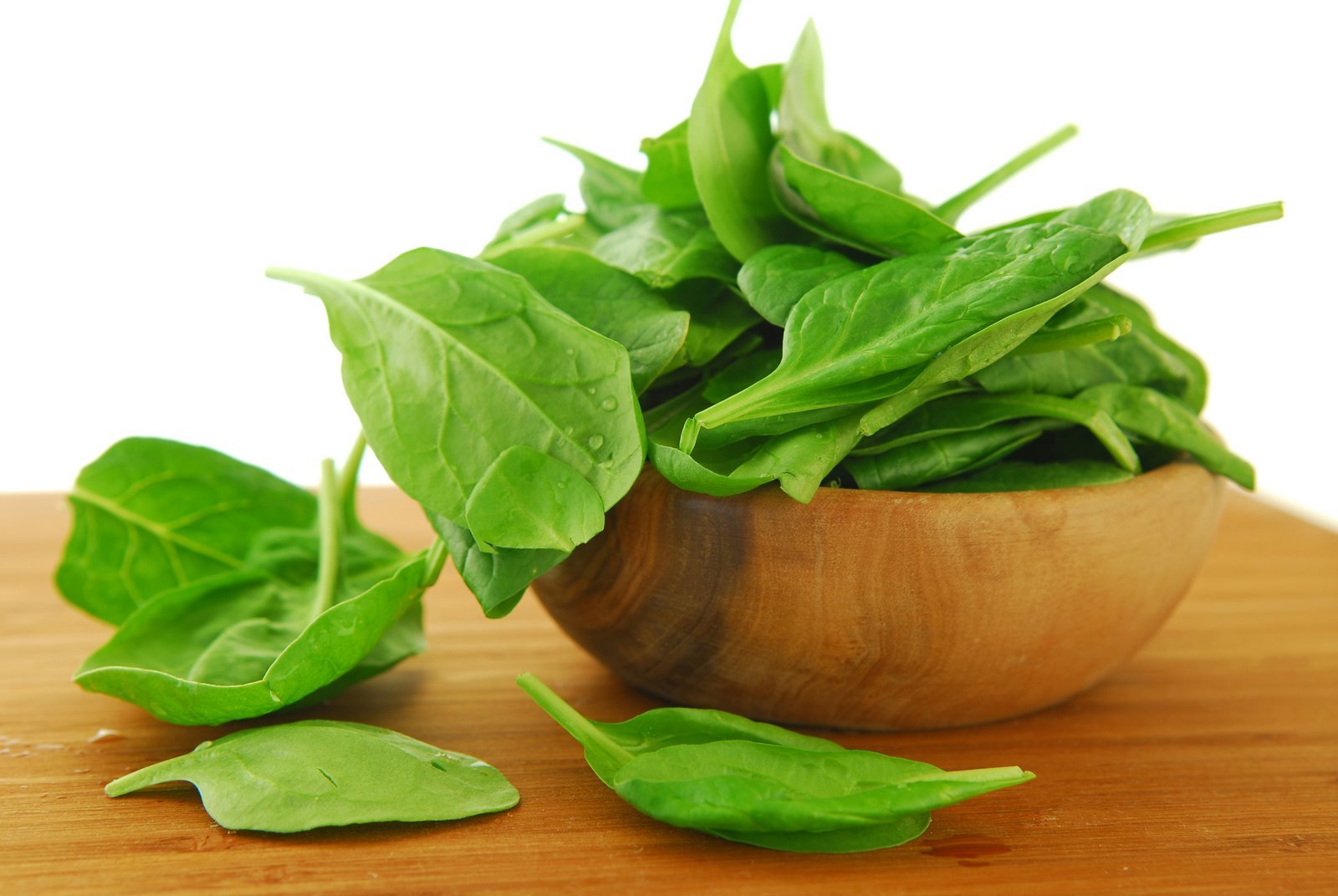Content:
Asparagus beans are an annual agricultural plant that belongs to legumes. The fruits are tasty, nutritious and healthy. The culture is unpretentious, easy to grow, requires routine care, like other vegetable crops. The article describes how to choose a variety, asparagus beans, growing and care, planting recommendations.
Description of beans
The green beans get their name from the flavor of the beans. Ripe fruits are harvested starting from milk ripeness. They taste like asparagus.
Sugar (green) beans are grown for food. The beans can be eaten with the pods. There is no permanent layer in the peel. Beans have a useful property: they are able to remove excess fluid from the body.
Popular varieties:
- Asparagus beans Zhuravushka. The bushes of the plant are small, ripe pods have a fibrous structure, beans have a delicate pleasant taste;
- Caramel. Unpretentious, early ripe beans. The variety is considered one of the sweetest. Resistant to attacks of pests and diseases;
- Deer king. An early variety with a high yield;
- Note. Mid-season type of asparagus beans, pale oil taste;
- Golden nectar. Productive early ripening variety;
- Fantasy. Mid-season bush variety;
- Octave. An early ripe bean variety. At octaves, the bush grows up to 40 cm in height;
- Hell Rem. Bean bushes are curly, the fibers of ripe fruits are pinkish in color, the bean tastes like mushrooms.
Which variety to choose for planting depends on the climatic conditions of the region.
Site requirements
Asparagus beans are an unpretentious vegetable crop. For landing, you must choose a lighted and warmed up place. The cottage must be protected from wind and drafts. The plant grows well in chernozem soil, with neutral acidity.
It is recommended to change the site for beans annually, you can return to the previous bed after 4 years.
Good precursors for legumes are:
- Eggplant;
- Cabbage;
- Potatoes;
- Carrot.
It is undesirable to plant asparagus beans, if before that: onions, peas, garlic were grown in the garden.
If a climbing bean variety is planted, then it is necessary to pre-install supports or trellises to support the plant. Bush beans can be grown in the aisle of potatoes or cabbage.
In autumn, the selected site for beans is enriched with organic and mineral fertilizers. Before digging, the earth can be covered with humus. Potash fertilizer and superphosphates are used as mineral dressings.
Reproduction of culture, planting dates
Beans are propagated by seeds or seedlings. It is recommended to buy seeds in trusted stores or to properly harvest them yourself.
Planting time for beans depends on the planting method. You can immediately sow seeds in open ground or prepare seedlings.
Planting seeds on the garden bed is done earlier. But the air temperature should warm up to at least 20 degrees.In central Russia, planting of seeds begins in mid-May; in the northern regions, the beginning of June is considered the optimal time. In the south, asparagus beans are sown in the second half of April.
The main condition when choosing the time for planting seeds in open ground is the absence of frost. If the temperature at night drops to 0 degrees and below, then all seedlings may die.
Preparing seeds for planting in open ground
Seeds are sown on the site dry or germinated. To prepare the seeds before planting, they are pre-treated.
The seed must be sorted out, leaving only viable seeds that will sprout. Dry seeds are treated with potassium permanganate, this is how the beans are disinfected.
To do this, you need to prepare a weak solution of potassium permanganate, dip the seeds into the bowl. Unsuitable beans float to the surface of the water. They can be safely thrown out. After the procedure, rinse the remaining seeds with clean water, dry on a paper towel and you can start planting.
Germinate seeds by soaking in water. Swollen beans sprout faster. Soaked in melt water, you can additionally add a growth stimulator.
Organic stimulants:
- Humus;
- Ash;
- Honey;
- Slurry.
Recommendations for germinating seeds:
- Lay cheesecloth on a flat plate or pot stand, put the beans;
- Cover the beans with a layer of gauze and pour over the prepared solution;
- Leave in a dark place for a day.
How to plant seeds in open ground
The sowing process for beans is simple. Several plantings of beans can be carried out during the season. If the bed was prepared in the fall, fertilizers were applied to the soil, then you can simply loosen the ground and start planting seeds.
Sowing seeds, instructions:
- Make grooves in the garden;
- Water the rows with cool water;
- In light soils, seeds are deepened by 5 cm. If a bed with loamy soil, then sown 3-4 cm deep;
- 1-2 beans can be dropped into one cell;
- Leave the distance between the cells about 20 cm;
- Leave 40-50 cm between the grooves;
- Sprinkle the grooves with earth, tamp with your hands;
- Water the seedbed;
- At first, it is recommended to cover the bed with foil.
You can plant beans next to other horticultural crops. So you can save well the area of the site. You can plant pumpkin, eggplant, peppers, cabbage with beans. Asparagus beans are an excellent green manure. It feeds the soil with nitrogen, which is necessary for the active growth of other plants.
Seedling care
For beans to produce a good harvest, the plant needs proper yield.
Agrotechnical manipulations for the cultivation and care of asparagus beans:
- Watering. Beans are a moisture-loving plant that does not develop well in dry and hard soil. If the seedlings receive insufficient moisture, they slow down in growth. It is advisable to water after sunset, moisturizing the plant at the root;
- Weeding. A prerequisite for normal bean growth is regular weeding. After weeding, the soil can be additionally loosened with garden tools to a depth of 5 cm. The bed must be thoroughly cleaned of weeds until the seedlings grow up to 10 cm in height. If you do not remove weeds in a timely manner, then you can not expect a good harvest;
- Mulching. After weeding and watering, mulching is performed with sawdust or rotted manure. The procedure allows you to maintain soil moisture and does not allow weeds to grow;
- Fertilizing and feeding. During the formation of bean buds, fertilizing is applied to the soil in the form of mineral or organic fertilizers;
- Regular examination of asparagus beans for diseases and parasites. Beans can be affected by slugs, weevils, aphids, spider mites, powdery mildew, and other fungi. If the gardener noticed beetles or slugs on the leaves, then they can simply be collected, the affected leaves are immediately removed.Pesticides or fungicides are used to control pests.
Planting beans for seedlings
In the southern regions and central Russia (Moscow region), there is no need to grow seedlings. But in the northern regions (Siberia), gardeners prefer to plant already matured seedlings in open ground in order to get a harvest on time.
You can sow seeds of string beans for seedlings in a greenhouse, greenhouse or at home. The seed is best planted in a paper or peat cup. Peat pots can be completely buried in open ground, the roots of the plant germinate through a biodegradable shell. The seedlings grown in this way are not injured when planting on the site and take root well. You can use plastic cups or a box. But these two options are only suitable for experienced gardeners.
It is necessary to start planting seeds a month before the expected date of planting in open ground. The exact date of planting depends on the selected bean variety (early, mid-season, late). Roughly they begin to plant it in the ground at the end of May, that is, the beans can be planted after April 20.
Step-by-step actions on how to grow seedlings at home:
- It is recommended to disinfect self-selected seeds or purchased in a store in a weak solution of manganese, leaving them for half an hour. Then rinse with clean water;
- The soil used is light. For seedlings, you can take turf soil mixed with compost. Add sand, ash, a little mineral fertilizers to it;
- Moisten the soil with cool water;
- You can plant 1-2 seeds in each cup to a depth of 4 cm, sprinkle with earth on top, water;
- Place the planted seeds in a lighted warm place. To create a greenhouse effect, you can cover everything with foil or glass;
- When shoots appear, they can be opened, the film is removed. They begin to grow actively 2 weeks after planting.
Seedlings are planted on the site when warm weather sets in. Each seedling should have 3-4 true leaves. Weak seedlings are immediately removed and not planted in the garden. A week before planting in open ground, seedlings can be hardened by exposing them to the street for a short time.
The advantages of planting seedlings:
- The ability to immediately select weak shoots;
- Seedlings planted in open ground develop faster and begin to yield;
- The method of growing seedlings is suitable for growing vegetables in the northern regions;
- Cultivation of seedlings allows you to get an early harvest of your favorite varieties of green beans.
Culture care
Asparagus beans do not require any special attention. Crop care is the same as for the rest of the plants in the garden. Watering, fertilizing, loosening, pruning and pest control is essential.
In order for the beans to develop and grow well, trellises are made for them and wire is pulled over them. As the plant grows, the stems are tied to a wire.
Top dressing is done with the appearance of the first leaves. First, you can apply mineral fertilizers, then potassium salt is used. When the time for fruit formation comes, the soil is powdered with wood ash.
In order to prevent the development of the disease in asparagus beans, the gardener must conduct constant examinations for the presence of pests and affected areas of the plant. If possible, pests are removed, diseased leaves and pods are cut off and thrown away.To combat diseases of bacterial and fungal origin, copper-containing preparations are used.
Harvesting
Asparagus beans can be used to make salads, vegetable stews, meat dishes. Beans are rich in nutrients and vitamins A, B, C, E.
It contains vital elements for health:
- Potassium;
- Phosphorus;
- Zinc;
- Folic acid.
- The protein of asparagus beans is highly digestible.
The bean pod is harvested throughout the season. The more often the crop is harvested, the better for the plant. After cutting the pods, new ovaries are formed.
The first crop can be harvested one month after flowering. The average length of the pods is up to 20 cm. Mass harvesting of asparagus beans is not done; the pods must be harvested as they ripen. The legume variety differs in that the crop is harvested during the period of milk ripeness.
It is better to store the crop frozen, asparagus beans quickly deteriorate when fresh. For convenient storage, the pods can be cut into pieces of the desired size and stored in the freezer. They are simply rinsed with water before use.
Asparagus beans are a legume vegetable, a storehouse of vitamins and useful microelements. Any gardener can grow it. Cultivation and care of the plant on open ground is not difficult. You can harvest delicious beans from mid-July until the first frost. The delicate taste of nutritious beans will be loved by all family members.
https://www.youtube.com/watch?v=qgHRz1YkYj8
